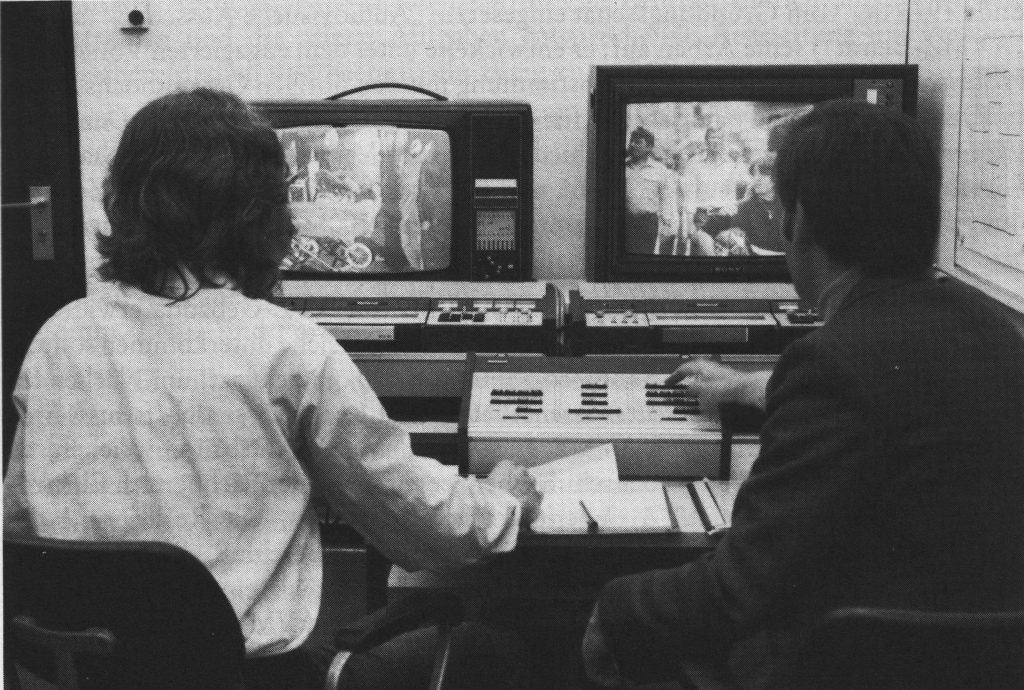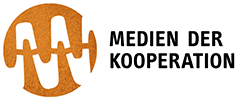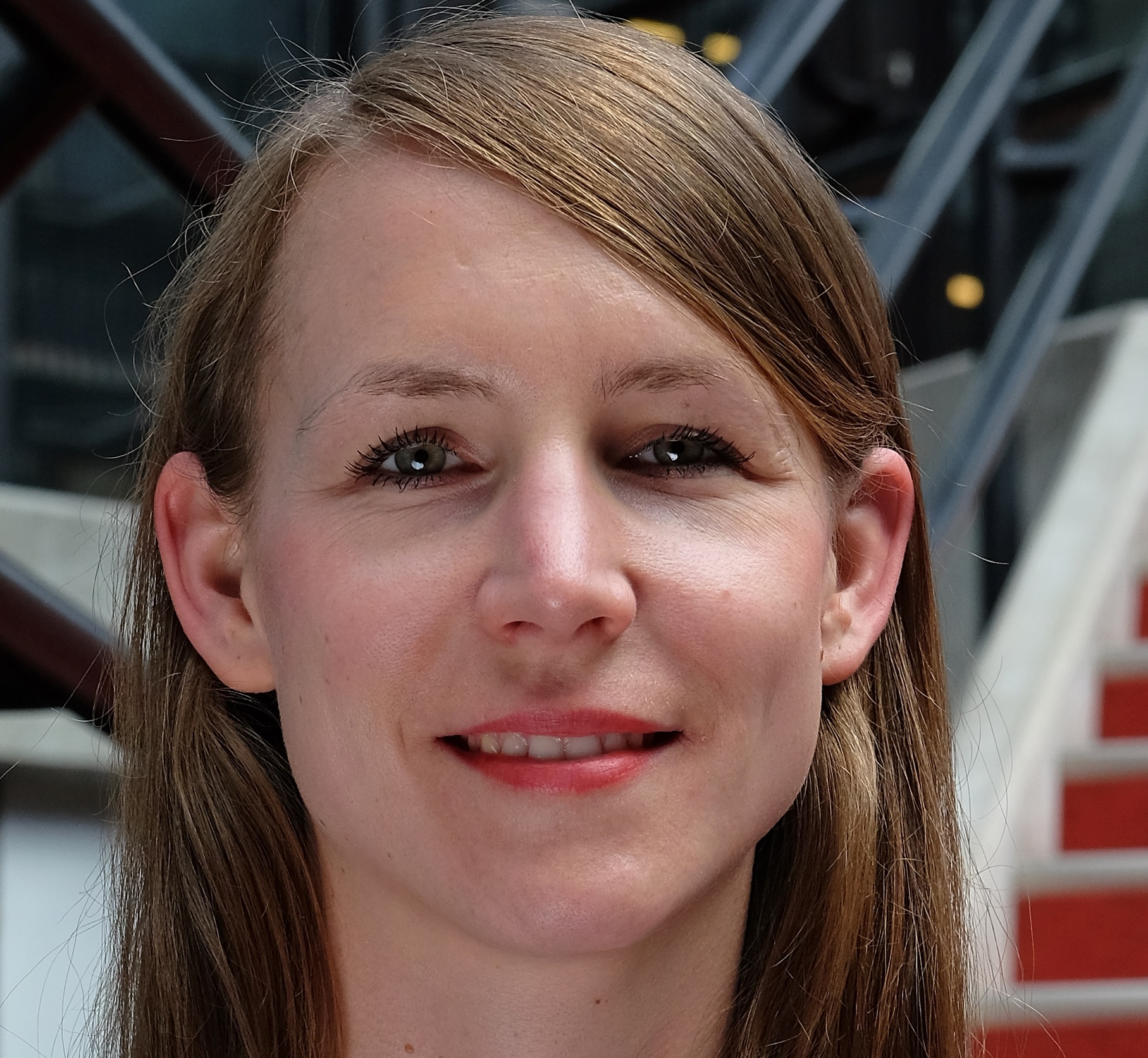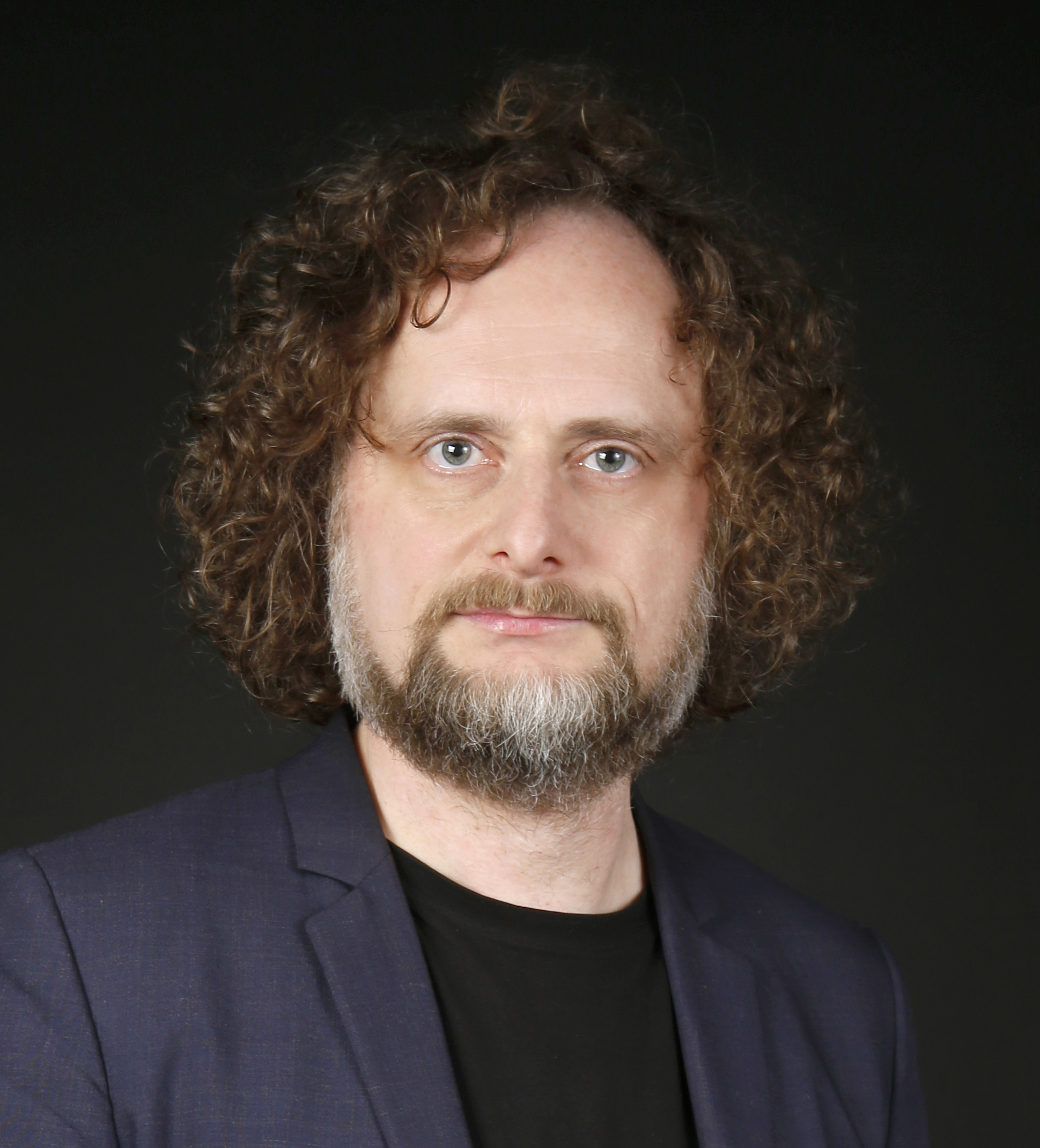About SFB 1187
Welcome to the web page of the Special Collaborative Research Center (CRC) 1187 “Media of Cooperation” at the University of Siegen. The CRC is an interdisciplinary research association consisting of 14 projects and more than 60 researchers from the fields of media studies, anthropology, sociology, philosophy, German language and literature studies, computer sciences, and medicine, as well as history, education, jurisprudence, and engineering. In a second phase, the CRC is receiving funding from the German Research Foundation (DFG) for the period 2020-2023.
At the center of the research is the exploration of digitally networked media, which have turned out to be cooperative tools, platforms, and infrastructures on a broad front. Following this development, for years there have been public debates on “digital participation”, the career of the “social media”, the normative and technological, legal and political foundations of a “digital culture”, and the intersection of digital production, distribution, and reception. The CRC Media of Cooperation takes up these developments and takes a scientific perspective that mediates between history and the present and centers on cooperative practices that arise in the media and from which media arise, in order to counter the pressure to be “up to date” that results from constant outmoding.
Speaker
Prof. Dr. Carolin Gerlitz
Universität Siegen. Herrengarten 3. 57072 Siegen
Raum AH-214
Telefon: +49 (0)271-740-5259
Email: carolin.gerlitz[æt]uni-siegen.de
Prof. Dr. Tristan Thielmann (deputy)
Universität Siegen. Herrengarten 3. 57072 Siegen
Raum AH-225.
Telefon +49(0)271-740-2391 (Sekr.)
Email: tristan.thielmann[æt]uni-siegen.de
Executive Board
Prof. Dr. Carolin Gerlitz, speaker of the SFB, principal Investigator A03, P03 and MGK
Prof. Dr. Tristan Thielmann, deputy speaker of the SFB , principal Investigator A03 and P01
Prof. Dr. Claudia Müller, spokesperson of the professorial members (deputy: Prof. Dr. Jutta Wiesemann)
Dr. David Waldecker and Daniela Van Geenen, spokespersons of the researchers (deputy: Yarden Skop and Dr. Clemens Eisenmann)
Infrastructures
With progressing digitalization, especially in information technology, (media) infrastructures are pervading ever more societal areas. Societal functional systems were and are constantly configured and reconfigured by media infrastructures. At the same time, media infrastructures change people’s media practices and are changed by them. In its sub-projects, Pillar A of the SFB “Media of Cooperation” moves the various dimensions of the “infrastructuring” of media infrastructures into the foreground. The sub-projects address:
- Various scales – from networks within clinics to national ISDN networks,
- Various operating states – from online/offline to operating failure,
- The three components: cooperative instruments, platforms, and infrastructures
Public Spheres
With the digitalization of the media, (media) public spheres fragment into ever more diversified partial public spheres. Processes of publication thus increasingly concentrate on heterogeneous spaces. Media practices and processes of the cooperative production of public spheres are thereby (re-)configured. In its sub-projects, Pillar B of the SFB “Media of Cooperation” moves the concept of “issue networks” into focus. “Issues” are already designed, produced, and reused as media “issues”. The emergence of media public spheres thereby stands under the sign of its “media recursiveness”, which the SFB regards as an empirical and historical question for research. The sub-projects address:
- Public spheres in their historical development,
- Media practices in forming public spheres,
- Mechanisms of inclusion and exclusion in cooperatively produced public spheres.
Goals
Research interest and media-science challenge:
- Scientific investigation of cooperative practices that arise in media and from which, vice versa, media arise.
- The digitalization of the media transforms media practices and leads to new questions for media history and media theory.
A media-scientific paradigm shift as a consequence of the digitalization of media:
- Digitally networked media can be interpreted as cooperative instruments, platforms, and infrastructures that constitute new public spheres and transform existing public spheres.
- Digital media thus can no longer be understood as “individual media”, but demand a practice-theoretical turn, with effects on the historiography and theory of media.
- All media are cooperatively developed conditions for cooperation; their practices and technologies arise from the mutual production and provision of common means and procedures.
- Research on digital media demands a targeted convergence between media theory and social theory, on the one hand, and, on the other hand, interdisciplinary collaboration that must proceed against the grain of the customary formations of science.
Always with a finger on the pulse of the times, media research in Siegen can now look back on a tradition of over 30 years.

Origins of Siegen Media Research: Screen-Based Media and Dual System
When the city of Siegen’s first Collaborative Research Center (Sonderforschungsbereich, SFB) of the German Research Foundation (Deutsche Forschungsgemeinschaft, DFG) started its 14-year-long work in January 1986 on the subject of “Aesthetics, Pragmatics, and History of the Screen-Based Media”, it was mainly literary scholars, foremost among them Helmut Kreuzer, Helmut Schanze, Siegfried J. Schmidt, and Christian Thomsen, who laid the foundation for media research in Siegen. This extended the hitherto customarily “classic” science of literature by a new media science perspective. The literary scholars from Siegen were responding to the challenges that arose in literary studies from the increasing influence of the new media.
The Collaborative Research Center “Screen-Based-Media” (Bildschirmmedien) accompanied the development and introduction of private television channels such as Sat.1 and RTL, as well as the fundamental redefinition of the media landscape towards a “dual system”. More than 2000 publications, including the five-volume “History of Television in the Federal Republic of Germany” and the publication series “Workbooks Screen Media”, are evidence of its broad success.
Since as early as the 1970s, improved framework conditions within the University of Siegen have been facilitating the gradual establishment of media sciences as a discipline. A first important step in this direction was the founding of the Audiovisual Media Center in 1974, today called the Center for Information and Media Technology (ZIMT), which currently hosts one of the largest archives of film recordings in German universities. Another component was the foundation of the Institute for Empirical Literature and Media Studies (LUMIS) in 1984. The start of the success story of Siegen media research was completed in 1987 with the first DFG graduate program in the humanities, “Forms of Communication as Ways of Life”.
Consolidating Siegen Media Research: Media Upheavals in the Era of Intermediality
With the new millennium, media research in Siegen also entered a new phase. In 2000, the DFG approved the second Collaborative Research Center in Siegen, the Research Training Group “Media Upheavals, Media Cultures, and Media Aesthetics at the Beginning of the 20th Century and into the 21st Century”. The new Research Training Group coincided with the beginning of widespread digitalization, and the keyword intermediality was examined in historically comparison. The digital upheaval was to be investigated as an upheaval in the media in its significance for the emergence and the relevance of media cultures.
The Research Training Group “Intermediality” had already started its work. Initially, the speaker of the Research Training Group was Ralf Schnell, who was succeeded by Peter Gendolla in 2006.
The Research Institute LUMIS was incorporated in the Institute for Media Research in 2001, a visible sign of the increasing emancipation of media studies as an independent discipline. In the context of the Research Training Group, the journal “Navigations” (Navigationen) was launched as a new media studies publication to make the results and relationships of media research in Siegen more visible.
Internationalization and Partial Realignment of Siegen Media Research: Media Cooperation in the Digital Society
The new Collaborative Research Center “Media of Cooperation” stands for an interdisciplinary reorientation of media research in Siegen in the context of a digitalized society. It is characterized by an explicit opening to new professional disciplinary and methodological approaches from the social sciences and engineering, without losing sight of the cultural-studies and philological roots of Siegen media studies. This placed Siegen’s media research at the pinnacle of a professional debate within the German research landscape about the future orientation of media studies. The speaker of the Collaborative Research Center in Siegen, whose work began in January 2016, is the media scholar Erhard Schüttpelz. “Media in Action”, a new English-language magazine appearing also digitally whose first issue will be released this year, aims to ensure international journalistic presence.
For the first time in the history of the Collaborative Research Center in Siegen, all faculties of the university are taking part. Several new professorships were created in the context of its preparation. Essential components of the partial realignment of Siegen media research are the establishment of the Media Studies Graduate School “Locating Media”, a DFG Research Training Group since 2012, and the newly formed “iSchool – School of Media and Information”. The latter is headed by the computer scientist Volker Wulf, who also acts as deputy spokesman for the new Collaborative Research Center.




